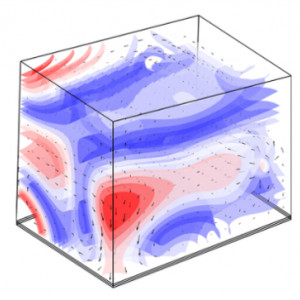 \
&
Contact us
\
&
Contact us
 \
&
Contact us
\
&
Contact us
This was 1 year ago
Locationonline
ProgrammesThis webinar is aimed at people who are interesting in finding more about the projects MERLIN, REST-COAST, SUPERB and WaterLANDS and their relation to the development and implementation of the Nature Restoration Law.
The four projects are funded under the H2020 Green Deal Call topic LC-GD-7-1-2020 and collaborate as a cluster on ecosystem restoration, as well as part of the Green Deal Call Projects Support Office (GD-SO)'s Climate Change and Biodiversity Working Group.
You can register for this webinar until the 6th of December by clicking here.
We offer news and event updates, covering all domains and topics of Horizon Europe, Digital Europe & EDF (and occasionally, for ongoing projects, Horizon 2020).
Stay informed about what matters to you.
By signing up, you can opt in for e-mail notifications and get access to
a personalised dashboard that groups all news updates and event announcements in your domain(s).
Only for stakeholders located in Flanders

The Marie Skłodowska-Curie Action (MSCA) European Innovative Training Network “PBNv2 - Next generation Pass-By Noise approaches for new powertrain vehicles” started in May 2017. Their research has the shared objective of investigating the possibilities to decrease pass-by noise of vehicles.
The project is a collaboration between 17 research institutions and companies in the European automotive R&D and provides a learning environment for 14 PhD fellows. The Belgian partner is the Noise and Vibration Research Group of KU Leuven, and this project is one of the many Horizon 2020 MSCA Innovative Training Networks that the KU Leuven research group participates in.